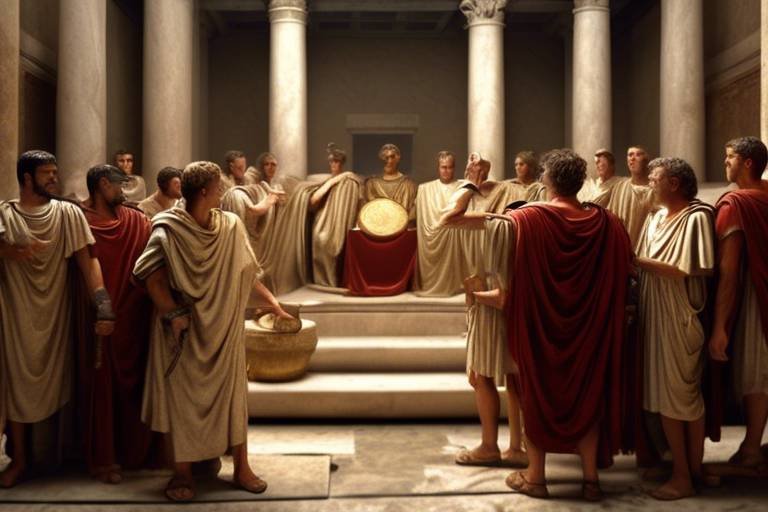The Secrets of the Pyramids of Giza
Exploring the mysteries and history behind the ancient wonders of the world, the Pyramids of Giza hold secrets that continue to intrigue archaeologists and historians alike. These monumental structures, built over 4,500 years ago, stand as a testament to the ingenuity and craftsmanship of the ancient Egyptians. The sheer size and precision of the pyramids have sparked countless theories and speculations about their construction, purpose, and significance.
One of the most fascinating aspects of the Pyramids of Giza is the advanced construction techniques employed by the ancient Egyptians. From quarrying massive stones to transporting and positioning them with astonishing accuracy, the methods used in building these pyramids remain a marvel of engineering. The precise alignment of the pyramids with the cardinal points of the compass demonstrates a deep understanding of astronomy and mathematics.
Moreover, the solar alignment of the Pyramids of Giza with celestial bodies, particularly the sun, has long been a subject of study and debate. Some researchers believe that the positioning of the pyramids reflects the ancient Egyptians' reverence for the sun god Ra and their spiritual beliefs regarding the afterlife. The intricate relationship between the pyramids and the sun adds another layer of mystique to these ancient structures.
As archaeologists continue to explore the pyramids, the quest to uncover hidden chambers and passages within these massive edifices remains ongoing. Recent technological advancements, such as ground-penetrating radar and thermal imaging, have revealed new insights into the internal structure of the pyramids, hinting at undiscovered rooms and corridors that may shed light on their purpose and function.
The symbolism and significance attributed to the Pyramids of Giza in ancient Egyptian society are profound. These monumental structures were not just tombs for pharaohs but also symbols of divine power and eternal life. The intricate hieroglyphics and carvings found within the pyramids depict scenes from religious texts and rituals, offering a glimpse into the spiritual beliefs of the ancient Egyptians.
From a geological perspective, the sourcing of materials for the pyramids, such as limestone and granite, provides insight into the ancient Egyptians' knowledge of their natural surroundings. The strategic selection of the Giza plateau as the construction site and the alignment of the pyramids with the Nile River reveal a deep connection between the monuments and the landscape.
Placing the Pyramids of Giza within the historical context of ancient Egypt unveils their significance in the evolution of pyramid construction and the legacy of pharaohs and dynasties. The development of pyramid-building techniques, culminating in the grandeur of the Great Pyramid of Khufu, reflects the cultural and architectural achievements of the ancient Egyptians.
Modern discoveries, fueled by archaeological excavations and scientific research, have expanded our understanding of the pyramids. Recent findings, such as the discovery of new chambers and artifacts, have challenged previous theories and prompted reevaluations of the purpose and design of these ancient structures. Advanced imaging technologies have enabled researchers to peer inside the pyramids without damaging their exteriors, opening up new avenues of exploration.
The enduring legacy of the Pyramids of Giza as symbols of ancient Egyptian civilization continues to captivate visitors from around the world. As one of the most iconic tourist attractions, the pyramids attract millions of tourists each year, drawn by the allure of exploring these ancient marvels firsthand. The preservation and promotion of the pyramids as cultural heritage sites ensure that their legacy will endure for future generations to marvel at and appreciate.
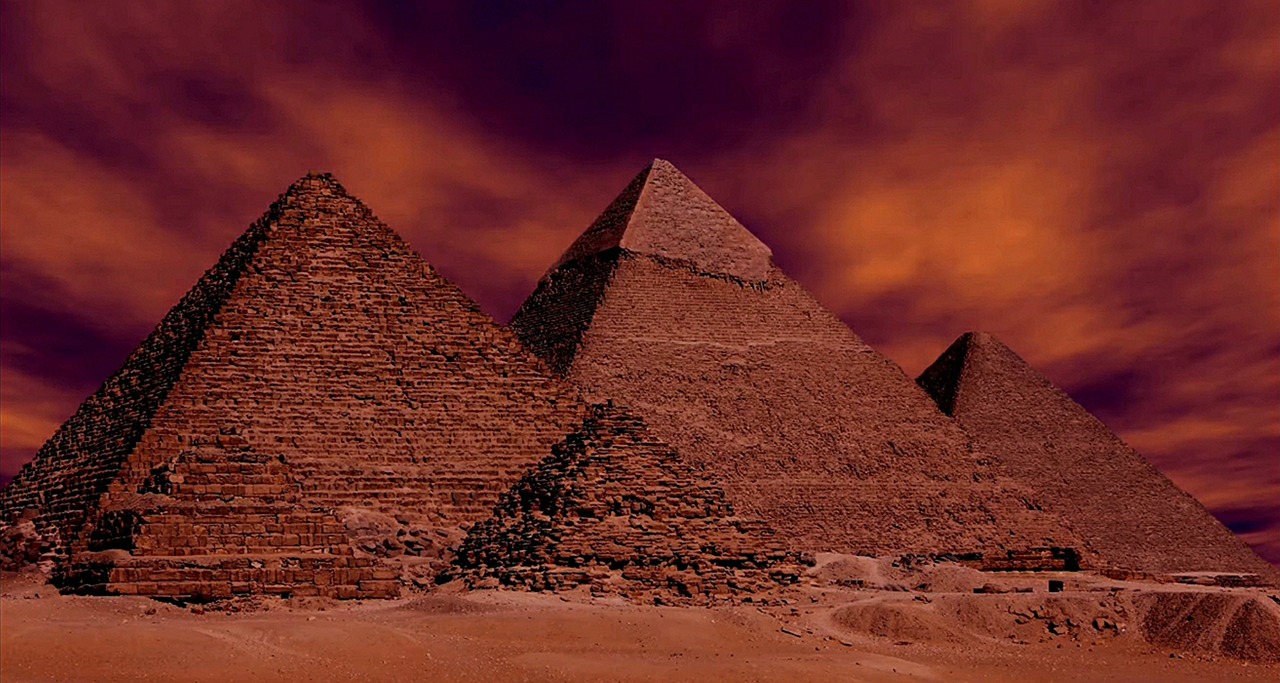
Construction Techniques
The construction techniques employed in building the Pyramids of Giza are nothing short of remarkable. Imagine ancient Egyptians, devoid of modern technology, crafting these monumental structures with such precision and expertise. They utilized a combination of **ramp systems**, **leveraging**, and **quarrying** to transport massive stone blocks, some weighing several tons, across vast distances. The intricate **fitting** of these blocks together with minimal gaps showcases their meticulous craftsmanship and architectural ingenuity.
Furthermore, the **alignment** of the pyramids along the cardinal points with astonishing accuracy demonstrates their advanced knowledge of **geometry** and **astronomy**. The **mathematical calculations** required to ensure the structures faced true north or aligned with specific celestial bodies are a testament to their sophisticated understanding of the natural world.
One of the most intriguing aspects of the construction techniques is the **quarrying and transportation** of the limestone and granite blocks from distant locations. The logistics involved in **cutting**, **shaping**, and **moving** these immense stones to the pyramid site without modern machinery is a puzzle that continues to fascinate researchers and archaeologists.

Solar Alignment
The Pyramids of Giza stand as a testament to the ancient Egyptians' profound understanding of celestial movements and their connection to the sun. The alignment of these magnificent structures with the cardinal points and the sun's path across the sky has long puzzled researchers and fueled speculation about the astronomical significance embedded within the pyramid complex.
One of the most fascinating aspects of the solar alignment at the Pyramids of Giza is the precise orientation of the Great Pyramid towards true north, with an accuracy of almost perfect alignment. This remarkable feat of ancient engineering has led to theories suggesting that the pyramid served as a gigantic sundial or an observatory for tracking the sun's movements throughout the year.
Moreover, the relationship between the pyramids and the sun goes beyond mere architectural alignment. Many researchers believe that the positioning of the pyramids reflects the ancient Egyptians' cosmological beliefs and their reverence for the sun god, Ra. The sun's daily journey across the sky and its cyclical patterns of rising and setting may have been intricately linked to religious rituals and symbolic meanings associated with life, death, and rebirth.
Recent studies have also revealed possible connections between the solar alignment of the pyramids and celestial events such as solstices and equinoxes. Some scholars argue that the alignment of the pyramids with specific points on the horizon could have served as a calendar system for marking important dates and agricultural seasons, showcasing the ancient Egyptians' advanced knowledge of astronomy and mathematics.
Intriguingly, the architectural precision required to achieve such precise solar alignment raises questions about the tools, techniques, and astronomical observations employed by the ancient builders of the Pyramids of Giza. The mysteries surrounding the solar alignment of these monumental structures continue to captivate the imagination and spark debate among archaeologists and historians seeking to unravel the secrets of this ancient marvel.
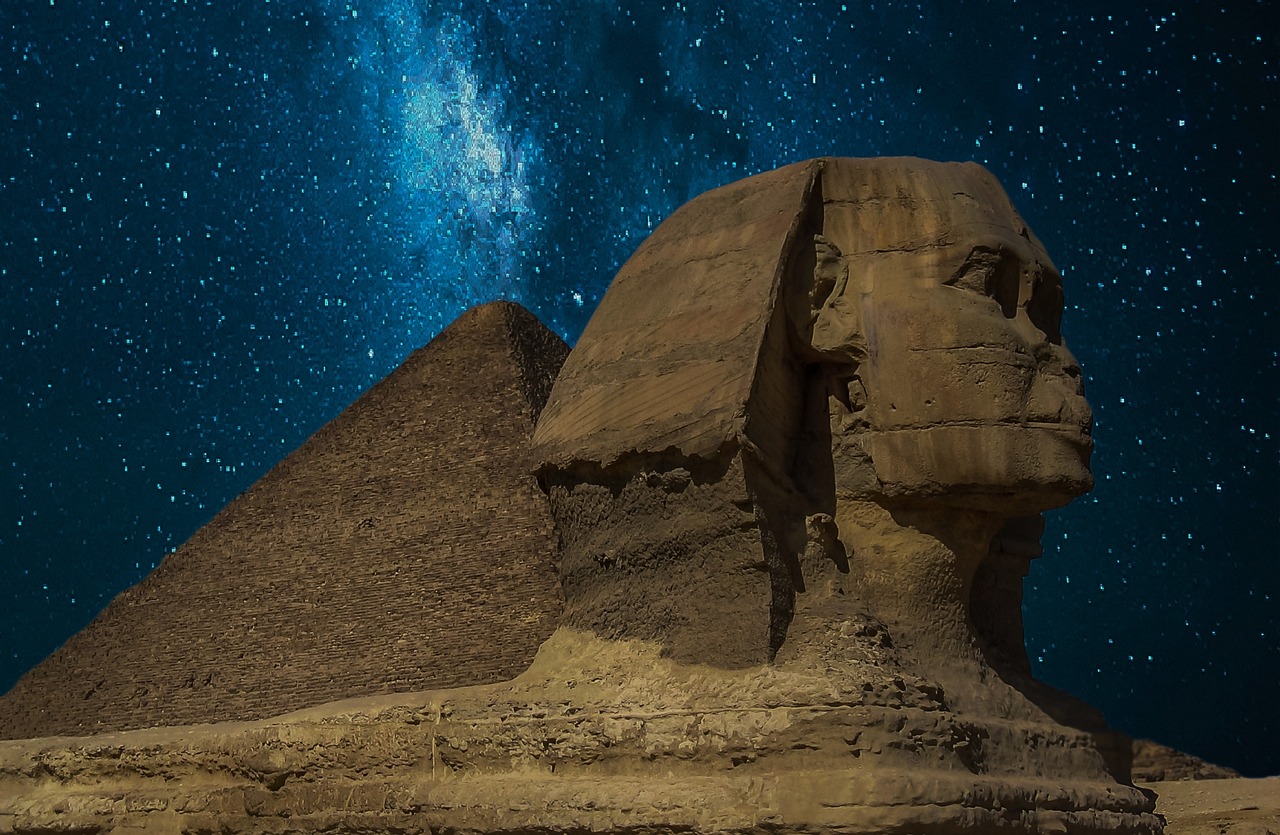
Hidden Chambers
Deep within the ancient Pyramids of Giza lie mysteries waiting to be uncovered. Archaeologists and explorers have long been fascinated by the possibility of hidden chambers and secret passages concealed within these monumental structures. The quest to unveil these enigmatic spaces continues to captivate the imagination of researchers and historians alike.
Speculations abound regarding the purpose of these hidden chambers, with theories ranging from burial sites of pharaohs to repositories of precious artifacts and knowledge. The tantalizing prospect of discovering untouched relics from ancient Egyptian civilization fuels the relentless pursuit of unlocking the secrets hidden within the heart of the pyramids.
Advanced technologies such as ground-penetrating radar and thermal imaging have been employed in recent years to scan the internal structures of the pyramids, offering glimpses into potential voids and undiscovered rooms. These cutting-edge methods provide new avenues for exploration and may lead to groundbreaking revelations about the true nature of the hidden chambers.
The search for hidden chambers within the Pyramids of Giza represents a thrilling journey into the unknown, where each discovery has the potential to reshape our understanding of ancient Egyptian history and culture. As researchers delve deeper into the labyrinthine passageways and concealed spaces, the allure of uncovering long-buried secrets only grows stronger.
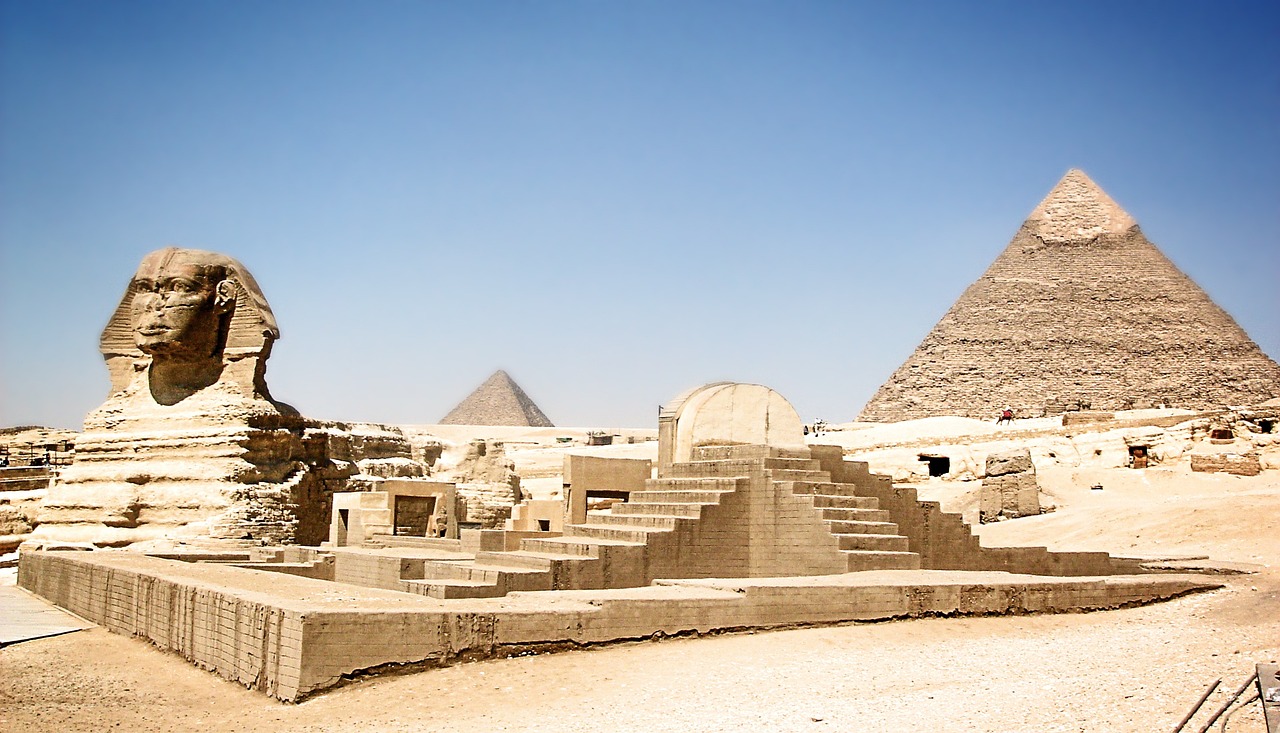
Symbolism and Significance
Exploring the mysteries and history behind the ancient wonders of the world, the Pyramids of Giza hold secrets that continue to intrigue archaeologists and historians alike.
The Pyramids of Giza stand as monumental symbols of ancient Egyptian culture, embodying profound significance in religious and funerary practices. These towering structures were not merely tombs for pharaohs but were believed to facilitate the transition of the deceased into the afterlife. The shape of the pyramid was laden with symbolism; the sloping sides were thought to represent the sun's rays descending to earth, connecting the pharaoh with the divine. Moreover, the alignment of the pyramids with celestial bodies, particularly the sun, underscored the spiritual beliefs of the ancient Egyptians, emphasizing the pharaoh's role as a bridge between the earthly realm and the heavens.
Furthermore, the intricate hieroglyphs and inscriptions found within the pyramids depicted scenes from the pharaoh's journey into the afterlife, emphasizing the importance of preserving the ruler's legacy for eternity. The pyramid complex, including the Sphinx and surrounding temples, formed a sacred landscape that served as a center for religious rituals and ceremonies, reinforcing the divine authority of the pharaoh and the continuity of Egyptian civilization. The enduring symbolism of the Pyramids of Giza transcends time, offering a glimpse into the profound spiritual beliefs and cultural values of ancient Egypt.
1. What is the significance of the alignment of the Pyramids of Giza with celestial bodies?
2. How did ancient Egyptians view the role of the pyramids in the afterlife?
3. What are some of the symbolic meanings attributed to the shape and design of the pyramids?
4. How have modern archaeological discoveries reshaped our understanding of the symbolism of the Pyramids of Giza?
5. Why are the Pyramids of Giza considered a major tourist attraction?
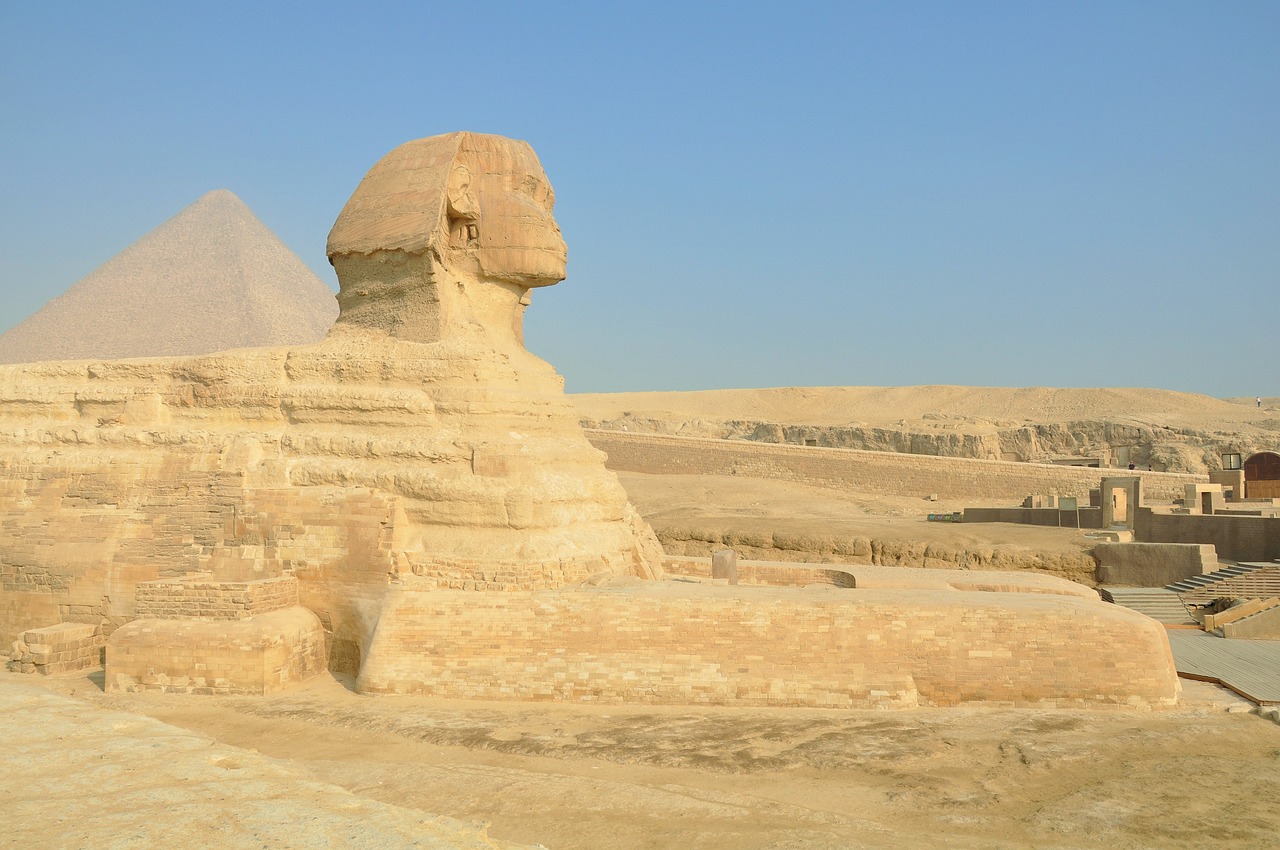
Geological Mysteries
Exploring the mysteries and history behind the ancient wonders of the world, the Pyramids of Giza hold secrets that continue to intrigue archaeologists and historians alike.
Investigating the innovative methods and tools used by ancient Egyptians to build the Pyramids of Giza with remarkable precision and engineering prowess.
Unraveling the significance of the alignment of the Pyramids of Giza with celestial bodies, particularly the sun, and its possible connection to ancient Egyptian beliefs and practices.
Delving into the ongoing exploration and research efforts to uncover potential hidden chambers and passages within the Pyramids of Giza, offering new insights into their purpose.
Analyzing the symbolic meanings and cultural significance attributed to the Pyramids of Giza in ancient Egyptian society, shedding light on their role in religious and funerary practices.
Examining the geological aspects of the Pyramids of Giza reveals fascinating mysteries. The selection of the construction site and the sourcing of materials for the pyramids pose intriguing questions. How did the ancient Egyptians transport massive stones across the desert to the pyramid site? The geological composition of the stones used in the construction also raises questions about their origin and the methods employed to quarry and shape them.
Placing the Pyramids of Giza within the broader historical context of ancient Egypt, exploring their relationship to pharaohs, dynasties, and the evolution of pyramid construction techniques.
Highlighting recent archaeological findings and technological advancements that have deepened our understanding of the Pyramids of Giza, reshaping previous theories and interpretations.
Reflecting on the enduring legacy of the Pyramids of Giza as a symbol of ancient Egyptian civilization and their continued significance as a major tourist attraction, drawing visitors from around the world.
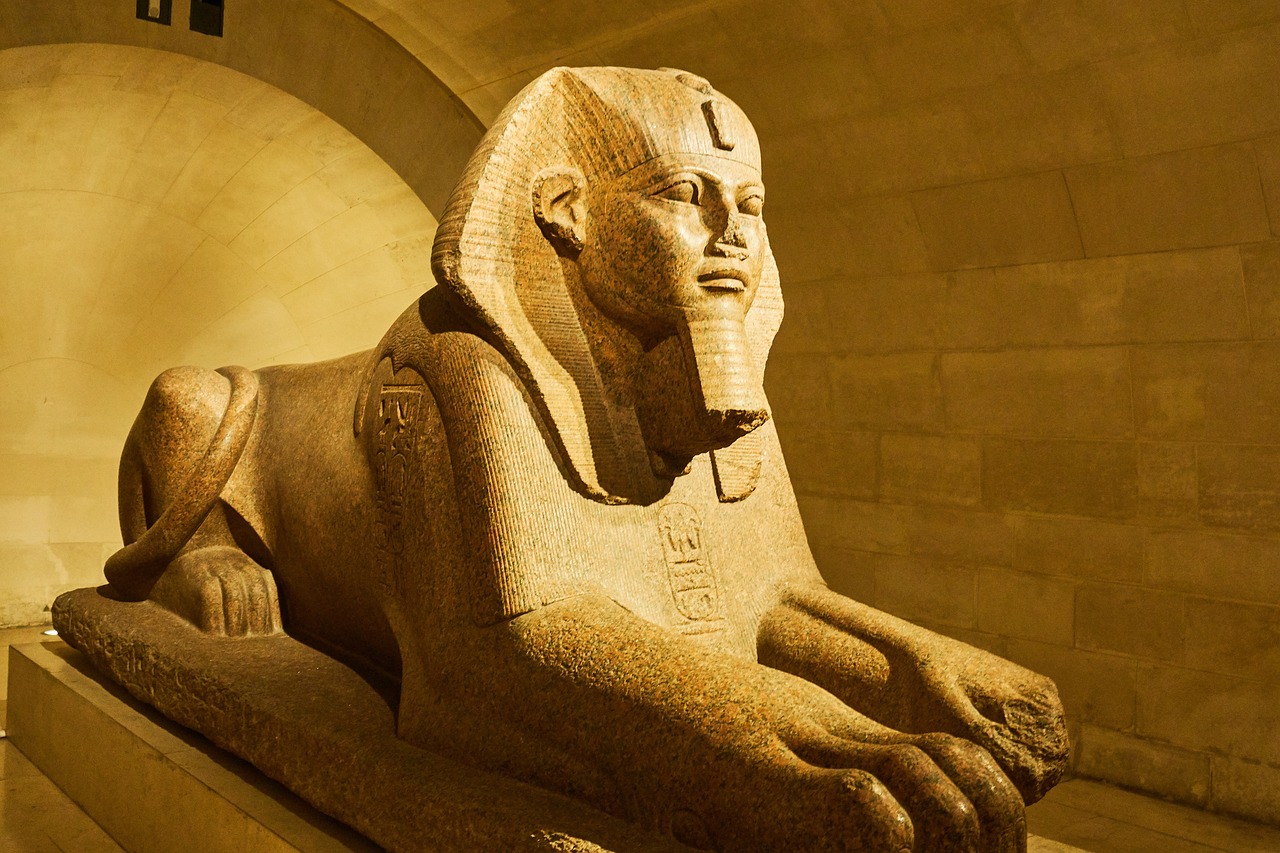
Historical Context
Exploring the mysteries and history behind the ancient wonders of the world, the Pyramids of Giza hold secrets that continue to intrigue archaeologists and historians alike.
When we delve into the historical context of the Pyramids of Giza, we uncover a tapestry of ancient Egyptian civilization woven with threads of pharaohs, dynasties, and architectural marvels. These monumental structures stand as testaments to the ingenuity and grandeur of a civilization that revered its rulers as divine beings. The evolution of pyramid construction techniques mirrors the rise and fall of powerful dynasties, each pharaoh seeking to immortalize their legacy in stone. From the Step Pyramid of Djoser to the Great Pyramid of Khufu, each pyramid tells a story of ambition, innovation, and cultural continuity.

Modern Discoveries
Recent archaeological excavations and technological advancements have significantly contributed to our understanding of the enigmatic Pyramids of Giza. Groundbreaking discoveries have unveiled new insights into the construction techniques and purposes of these ancient marvels. Advanced imaging technologies, such as ground-penetrating radar and drones, have allowed researchers to explore the pyramids' interiors without invasive methods, revealing hidden chambers and intricate passageways that were previously unknown.
Moreover, the utilization of carbon dating techniques on organic materials found within the pyramids has provided more accurate timelines for their construction, challenging previous assumptions and theories. These modern scientific approaches have reshaped our perception of the pyramids and their cultural significance, offering a fresh perspective on the ancient Egyptian civilization's architectural achievements.
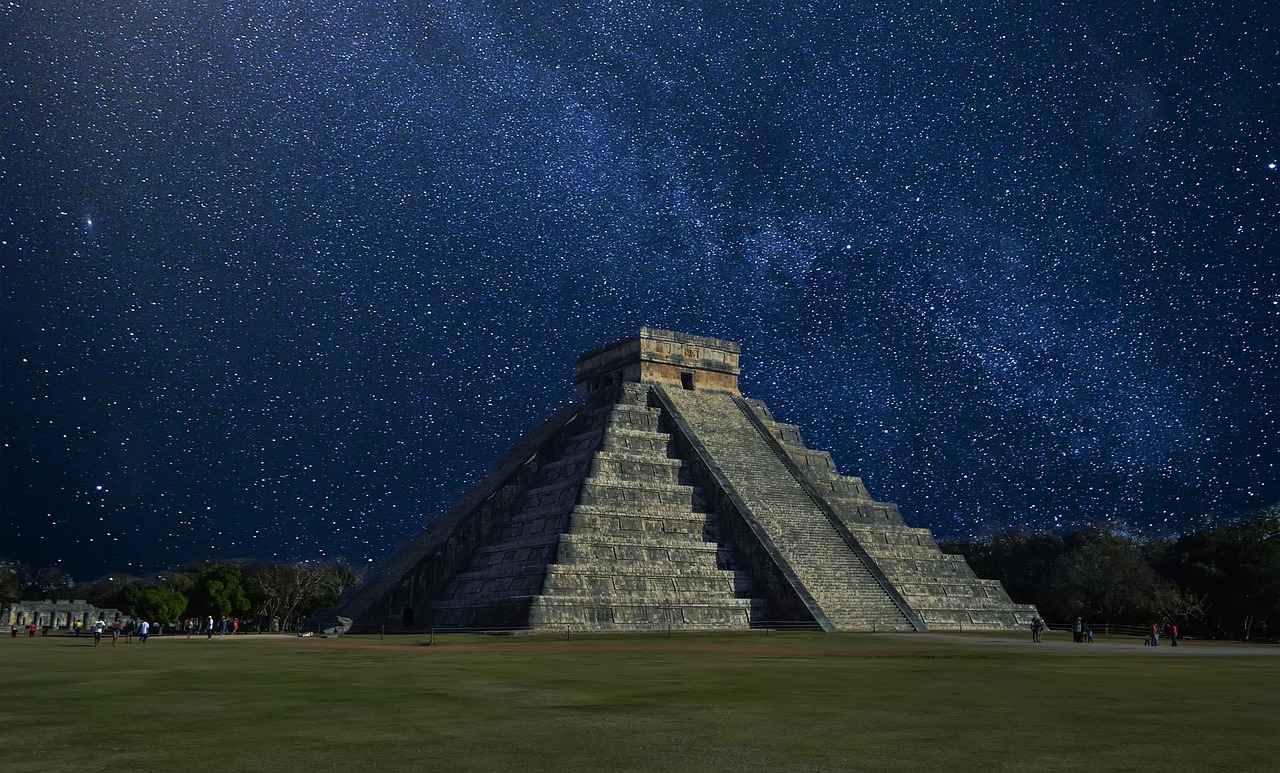
Legacy and Tourism
The legacy of the Pyramids of Giza transcends time, standing as a testament to the ingenuity and architectural prowess of the ancient Egyptians. These monumental structures, built as tombs for pharaohs, have captured the imagination of people worldwide for centuries. Today, they serve as iconic symbols of Egypt's rich history and cultural heritage, drawing millions of tourists each year to marvel at their grandeur.
As one of the most visited tourist attractions in the world, the Pyramids of Giza continue to be a source of fascination and wonder for travelers from all corners of the globe. The site not only offers a glimpse into the ancient past but also provides a unique opportunity to experience firsthand the awe-inspiring legacy of one of the world's oldest civilizations.
Visitors to the Pyramids of Giza can explore the intricate passageways and chambers within these ancient structures, gaining insights into the religious beliefs and funerary practices of the ancient Egyptians. The sheer size and scale of the pyramids leave visitors in awe, prompting contemplation of the immense effort and skill required to construct such marvels without modern technology.
Moreover, the surrounding landscape of the Pyramids of Giza adds to the allure of the site, with the Great Sphinx standing guard nearby, adding to the mystique and charm of the area. The panoramic view of the pyramids against the backdrop of the desert creates a mesmerizing scene that captivates visitors and transports them back in time to an era of pharaohs and dynasties.
Despite the passage of millennia, the Pyramids of Giza remain as enduring symbols of Egypt's ancient past, leaving an indelible mark on the collective consciousness of humanity. Their legacy as architectural marvels and cultural landmarks continues to inspire awe and admiration, ensuring their place as a must-visit destination for anyone seeking to unravel the mysteries of the ancient world.
Frequently Asked Questions
- What is the significance of the Pyramids of Giza?
The Pyramids of Giza are iconic structures that hold immense historical and cultural significance. They served as elaborate tombs for pharaohs, showcasing the power and wealth of ancient Egypt. Additionally, the pyramids are believed to have astronomical alignments and symbolic meanings related to Egyptian religious beliefs.
- How were the Pyramids of Giza constructed?
Ancient Egyptians employed sophisticated engineering techniques and manual labor to build the pyramids. They quarried massive stone blocks, transported them to the construction site, and stacked them with precision. The exact methods used, such as ramps and levers, continue to be a subject of study and debate among archaeologists.
- Have hidden chambers been discovered within the Pyramids of Giza?
Ongoing research and exploration have revealed hidden chambers and passages within some of the pyramids. These discoveries have provided insights into the possible functions and purposes of these spaces, sparking further intrigue and speculation about the secrets still concealed within the ancient structures.
- What recent discoveries have enhanced our understanding of the Pyramids of Giza?
Recent archaeological findings, combined with technological advancements such as ground-penetrating radar and 3D scanning, have revolutionized our knowledge of the pyramids. These discoveries have challenged previous theories, offering new perspectives on the construction, layout, and historical context of the Pyramids of Giza.



















